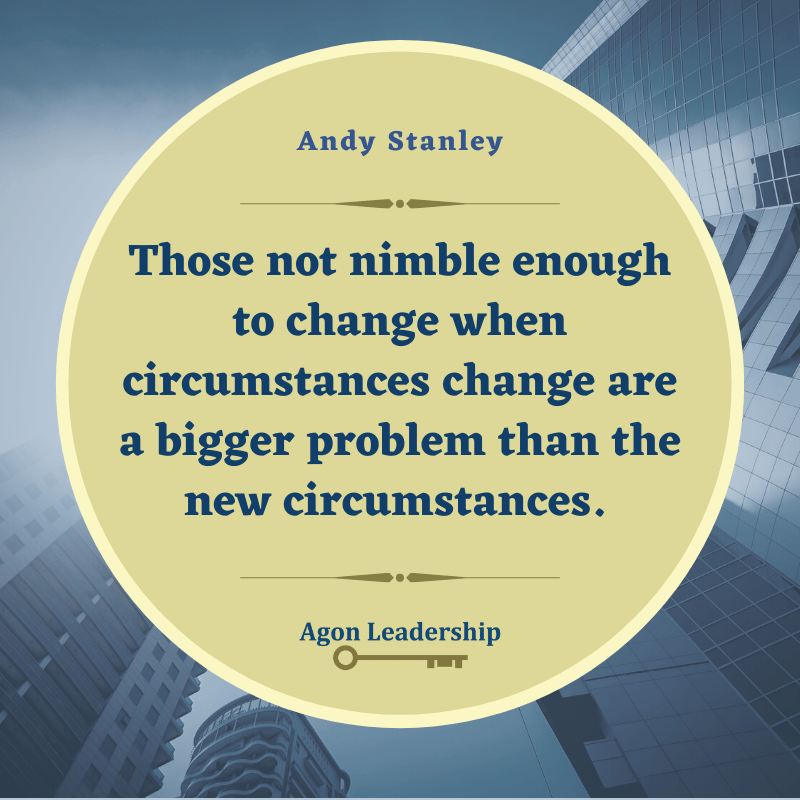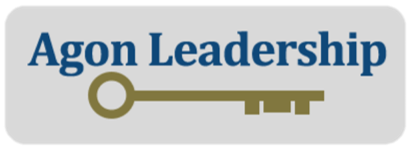Change is Essential for Growth

“Organizations are perfectly designed to get the results they are currently getting. To get different results, they have to change.” Many leadership experts use variations of this quote to remind us that if we want different results, we need to do things differently. Yet, all of us, at some time or other, get stuck in a rut rather than risk the uncertainty of change.
C. S. Lewis said “We all want progress. But progress means getting nearer to the place you want to be and if you have taken a wrong turning, then to go forward does not get you any nearer.” When our current path is not taking us towards our goal, if we really wish to achieve our goal we must change our path, no matter how difficult that may be.
Why do so many of us keep doing what we have always done, even though we are unhappy with the results. Andy Stanley says it is because “We become so comfortable with how we do what we do, that we forget why we do it and who we do it for.” Paying attention to our purpose, our destination, and frequently adjusting how we get there is what leads to success.
The pandemic has brought many changes, most of which we had no control over. Since, when we are in control, we feel more confident about being effective, our stress levels increase when our circumstances change rapidly. We are living in a whirlwind of change which we may be tempted to resist. Yet, if we don’t want to be left behind the norm, it is important for us to embrace the most important changes in our circumstances.
Since it is best to focus on only a few changes at a time, it is important to make the most important changes first. Let’s take Stephen R. Covey’s advice to “Begin with the end in mind.” This requires that we are crystal clear on the end result from our work. Where are we headed? What are we providing to our customers? Why does the organization exist? Leaders must define the intended results and continually communicate the desired end to every employee and volunteer.
Once there is clarity about the purpose and goals of the organization, then it is time to develop an effective way to get there. What are the processes that will best achieve the end results? Regularly evaluate progress towards the intended end result and focus all workplace changes on improving end results.
Since the world around us is always changing, we frequently need to change aspects of our lives. When we focus on WHAT we want to achieve, are clear on WHY this is important, and then adjust HOW we do our work and live our lives to achieve our goals, the benefits of changing will outweigh the stress of changing.
May you embrace quality change and be the better for it!

